- Home
- Features
- Movies/Media
- Collectibles
- Comics/Books
-
Databases
-
Figure Database
>
-
X-Plus Toho/Daiei/Other
>
- X-Plus 30 cm Godzilla/Toho Part One
- X-Plus 30 cm Godzilla/Toho Part Two
- X-Plus Large Monster Series Godzilla/Toho Part One
- X-Plus Large Monster Series Godzilla/Toho Part Two
- X-Plus Godzilla/Toho Pre-2007
- X-Plus Godzilla/Toho Gigantic Series
- X-Plus Daiei/Pacific Rim/Other
- X-Plus Daiei/Other Pre-2009
- X-Plus Toho/Daiei DefoReal/More Part One
- X-Plus Toho/Daiei DefoReal/More Part Two
- X-Plus Godzilla/Toho Other Figure Lines
- X-Plus Classic Creatures & More
- Star Ace/X-Plus Classic Creatures & More
-
X-Plus Ultraman
>
- X-Plus Ultraman Pre-2012 Part One
- X-Plus Ultraman Pre-2012 Part Two
- X-Plus Ultraman 2012 - 2013
- X-Plus Ultraman 2014 - 2015
- X-Plus Ultraman 2016 - 2017
- X-Plus Ultraman 2018 - 2019
- X-Plus Ultraman 2020 - 2021
- X-Plus Ultraman 2022 - 2023
- X-Plus Ultraman Gigantics/DefoReals
- X-Plus Ultraman RMC
- X-Plus Ultraman RMC Plus
- X-Plus Ultraman Other Figure Lines
- X-Plus Tokusatsu
- Bandai/Tamashii >
- Banpresto
- NECA >
- Medicom Toys >
- Kaiyodo/Revoltech
- Diamond Select Toys
- Funko/Jakks/Others
- Playmates Toys
- Art Spirits
- Mezco Toyz
-
X-Plus Toho/Daiei/Other
>
- Movie Database >
- Comic/Book Database >
-
Figure Database
>
- Marketplace
- Kaiju Addicts
|
Godzilla vs. Mechagodzilla (ゴジラ対メカゴジラ Gojira Tai Mekagojira), is a 1974 Japanese science fiction kaiju film produced by Toho. Directed by Jun Fukuda and featuring special effects by Teruyoshi Nakano, the film starred Gorō Mutsumi, Hiroshi Koizumi and Kenji Sahara. The 14th film of the Godzilla series, it featured a slightly bigger budget with higher production values then the previous few films of the series. The film introduced a mechanical version of Godzilla called Mechagodzilla, and also introduced a character called King Caesar based on the legend of the Shisa. The film received a very limited theatrical release in the United States in early 1977 by Cinema Shares as Godzilla vs. The Bionic Monster. After roughly a week into its release, the film was reissued with the altered title of Godzilla vs. The Cosmic Monster. 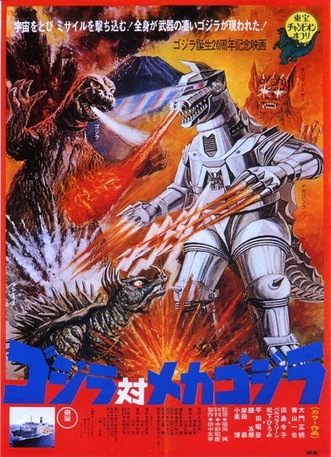 Plot Strange events are taking place in Okinawa. An Azumi priestess has a terrifying vision of a city being destroyed by a giant monster. A type of metal not found on earth is discovered in a cave by a spelunker, Masahiko Shimizu, who takes it to Professor Miyajima for examination. An excavation led by Masahiko's brother Keisuke accidentally uncovers a chamber filled with ancient artifacts and a mural bearing an ominous prophecy: "When a black mountain appears above the clouds, a huge monster will arise and try to destroy the world; but then, when the red moon sets and the sun rises in the west, two more shall appear to save humanity." Keisuke is joined by archaeologist Saeko Kaneshiro, who translates the prophecy and takes one of the artifacts, bearing the likeness of the legendary monster King Caesar, to study. Two men stalk them, one who speaks to them and claims to be a reporter interested in the story, the other of whom attempts to steal the statue from them but fails and flees. Before long, the first sign appears in the form of a black cloud that looks like a mountain. Godzilla (or so it seems) emerges from Mount Fuji and begins a destructive rampage, despite the fact that he has become tolerant of humans within the last few years. Anguirus, usually Godzilla's ally, confronts him only to be mutilated and forced to retreat, but not before inflicting a wound that exposes something shiny and metallic beneath Godzilla's skin. Keisuke arrives shortly after to make sure that his brother and the professor are out of harm's way and discovers another sample of the strange metal. Godzilla's rampage continues, but another Godzilla arrives and the two begin to fight. Soon, the challenger is revealed to be the true Godzilla, while the other turns out to be Mechagodzilla, a massive robot armed with advanced weaponry. The real Godzilla is severely wounded but inflicts some damage on the machine; both monsters retreat hastily. Miyajima hypothesizes, based on MechaGodzilla's advanced technology and composition of unearthly metals, that the robot is an alien super weapon. Keisuke and Saeko take the statue of King Caesar back to the temple by cruise ship, but are confronted by the thief once again. During the fight, the stranger's head is wounded and the skin on half of his face melts away to reveal an apelike visage. The intruder attempts to kill Keisuke and nearly succeeds, but a bullet from an unseen gunman kills him and propels him overboard. Keisuke and Saeko catch a brief glimpse of the "reporter" once again. Meanwhile, Godzilla arrives on Monster Island during a thunderstorm and is struck by lightning multiple times, seemingly reinvigorating him. Masahiko, Miyajima and his daughter Ikuko go to explore the cave where the metal was first found and are captured by the apelike aliens of the Third Planet from the Black Hole, who plan to use MechaGodzilla to conquer Earth. Their leader, Kuronuma, forces Miyajima to repair the robot. While Saeko checks into a hotel and guards the statue, Keisuke goes to meet his brother at the caves and instead encounters the reporter, who explains that his name is Nanbara and he is actually an Interpol agent who has been tracking the aliens and believed Keisuke to be connected to them. Nanbara and Keisuke infiltrate the alien base and free the prisoners. The team then splits up, with Miyajima, Nanbara, and Masahiko returning to the alien base and deliberately getting recaptured by Kuronuma, while Keisuke and Ikuko pick up Saeko and the statue from the hotel. In the early hours of the morning, a lunar eclipse results in a red moon and a mirage creates the illusion of the sun rising in the west. The team realizes that the time has come to awaken King Caesar. They meet with the Azumi priestess and her grandfather, and place the statue on a platform in the temple, revealing the monster's resting place. However, just then, Kuronuma dispatches MechaGodzilla. The priestess sings a hymn that awakens King Caesar, and Godzilla appears shortly afterward. King Caesar and Godzilla fight together, but they are no match for MechaGodzilla's vast array of weapons. Eventually, Godzilla uses the electricity stored in his body from the lightning to create a magnetic field that ensnares the robot, then removes its head, shutting off its controls. While the mortified aliens are distracted, Nanbara and the others free themselves, kill their captors, and sabotage the base, fleeing as it burns and collapses on itself. With the enemy defeated, Godzilla heads out to sea and King Caesar returns to its resting place while the heroes rejoice. Cast
Production Giant Monsters Converge on Okinawa! Showdown in Zanpamisaki was the original concept for the 20th anniversary film for the Godzilla franchise. The story was created by Shinichi Sekisawa and Masami Fukushima, while the screenplay was developed by Hiroyasu Yamaura and Jun Fukuda and was submitted in 1973. The concept continued the trend of aliens using a monster to try and conquer Earth, and was also the second attempt to try and create an entry in the Godzilla series that took place in Okinawa after the scrapped Godzilla vs. Redmoon. Nami, best known as the princess who awoke King Caesar by singing to him. If she was going to play a similar role with Mothra in this production, or something else altogether, is unknown. Eventually, this idea was taken back to the drawing board for a heavy reworking. In its next phase of script writing, Mothra and Garugan had been replaced by King Barugan and Mechagodzilla respectively while this new draft was titled Showdown in Zanpamisaki: Godzilla vs Mechagodzilla. The Garuga Aliens were also replaced with the Black Hole Aliens, while the disguise aspect of Mechagodzilla was added in. In terms of King Barugan, the creature was a crimson and bronze colored monster that was 50 meters tall, weighed 30,000 tons, boasted prism reflective eyes and horns that were said to deliver the final blow to his enemies. During the concept phase, the horns were dropped and the name was changed to King Caesar, leading to the final version of Godzilla vs. Mechagodzilla (1974). Box Office According to The Godzilla Fan News Letter by Richard H. Campbell, the film sold approximately 1,330,000 tickets in Japan - modest business, but an improvement of about 350,000 over the previous last 5 Godzilla films. English Versions In 1977, Cinema Shares purchased the rights to Godzilla vs. Mechagodzilla and released the movie through Downtown Distribution under the title Godzilla vs. Bionic Monster. As they had done with Godzilla vs. Megalon the previous year, Cinema Shares simply utilized the Toho-produced English dub. In July 1977, Universal Studios filed a lawsuit threat against Cinema Shares, claiming that the title was too similar to their TV productions, The Six Million Dollar Man and its spin-off The Bionic Woman. Cinema Shares retitled the film Godzilla vs. Cosmic Monster. 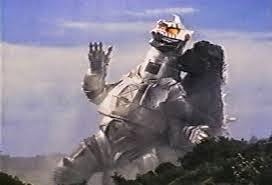 As with most of the other 1970's Godzilla films, the Japanese version of Godzilla vs. Mechagodzilla featured several scenes with violent content and strong language. Strangely, Cinema Shares retained the violent monster action, including a shot of Godzilla spraying blood. The edits include: A new title card. In the Japanese and international versions, Godzilla's name flashes several times while a mountain explodes in the background. As Masaru Sato's music plays, the full title is revealed. In the Cosmic Monster version, the screen turns bright red (covering up the original title) and the film title and copyright information appear. Widescreen versions of the title sequence feature the poster art to the right of the title, but this is not visible in the 16mm prints that have circulated since the early 1980s. The opening credits have been deleted. Also deleted is a scene in which Nanbara, the INTERPOL agent, strangles one of the aliens. The final shoot-out between Nanbara and three of the simian invaders is similarly edited. At the end of the Japanese version, King Caesar returns to his resting place and Godzilla to the sea. In a short epilogue, the Azumi princess runs through her homeland celebrating with many of the characters. One of the King Caesar statues appear as the Japanese symbol for "end" appears. Cinema Shares cut this short epilogue, with the exception of the final shot of the statue. A red bar appears on the right side of the screen, with "THE END" overlaid on it. In 1988, New World Video released the film along with Godzilla 1985, and Godzilla vs. Gigan. This print was Toho's original, uncut international version, which restored all the cuts made by Cinema Shares. The film was shown on The Sci-Fi Channel throughout the 1990s under the title Godzilla vs. the Cosmic Monster, although this version was in fact Toho's international version with a new title card. In 2004, TriStar released the international version on DVD. The original Japanese audio was included as an extra audio track. Titles Godzilla vs. Mechagodzilla - Japanese title, Toho's official English title, and the UK and US home video title. Godzilla vs. The Bionic Monster - Original American title. Godzilla vs. The Cosmic Monster - Second American release title and UK theatrical release title. Reception
The movie has become popular among fans in recent years for its exotic music, colorful special effects and entertaining monster fights. The film's robust themes and fairly complex plot stand out against a time when the Godzilla franchise was being fueled by increasingly lower production values.[citation needed] Outside of the circle, however, public reception is luke-warm at best and the movie garners only 6 stars (out of a possible ten) at IMDB. However, it does retain an above-average score (60%) at Rotten Tomatoes.
0 Comments
Leave a Reply. |
Release Dates
November 2023
|
|
© 2011-2024 Kaiju Battle. All Rights Reserved.
|
Visit Our Social Media Sites
|
Proudly powered by Weebly
|
- Home
- Features
- Movies/Media
- Collectibles
- Comics/Books
-
Databases
-
Figure Database
>
-
X-Plus Toho/Daiei/Other
>
- X-Plus 30 cm Godzilla/Toho Part One
- X-Plus 30 cm Godzilla/Toho Part Two
- X-Plus Large Monster Series Godzilla/Toho Part One
- X-Plus Large Monster Series Godzilla/Toho Part Two
- X-Plus Godzilla/Toho Pre-2007
- X-Plus Godzilla/Toho Gigantic Series
- X-Plus Daiei/Pacific Rim/Other
- X-Plus Daiei/Other Pre-2009
- X-Plus Toho/Daiei DefoReal/More Part One
- X-Plus Toho/Daiei DefoReal/More Part Two
- X-Plus Godzilla/Toho Other Figure Lines
- X-Plus Classic Creatures & More
- Star Ace/X-Plus Classic Creatures & More
-
X-Plus Ultraman
>
- X-Plus Ultraman Pre-2012 Part One
- X-Plus Ultraman Pre-2012 Part Two
- X-Plus Ultraman 2012 - 2013
- X-Plus Ultraman 2014 - 2015
- X-Plus Ultraman 2016 - 2017
- X-Plus Ultraman 2018 - 2019
- X-Plus Ultraman 2020 - 2021
- X-Plus Ultraman 2022 - 2023
- X-Plus Ultraman Gigantics/DefoReals
- X-Plus Ultraman RMC
- X-Plus Ultraman RMC Plus
- X-Plus Ultraman Other Figure Lines
- X-Plus Tokusatsu
- Bandai/Tamashii >
- Banpresto
- NECA >
- Medicom Toys >
- Kaiyodo/Revoltech
- Diamond Select Toys
- Funko/Jakks/Others
- Playmates Toys
- Art Spirits
- Mezco Toyz
-
X-Plus Toho/Daiei/Other
>
- Movie Database >
- Comic/Book Database >
-
Figure Database
>
- Marketplace
- Kaiju Addicts
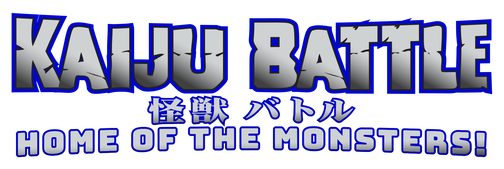
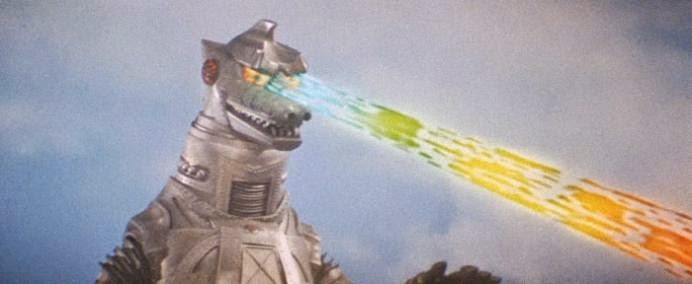
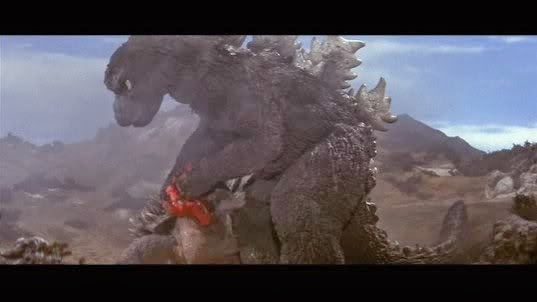
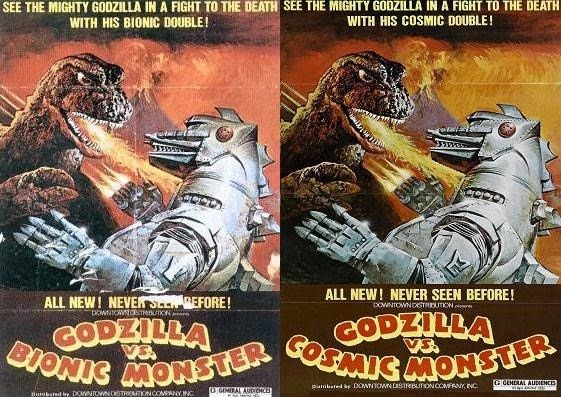
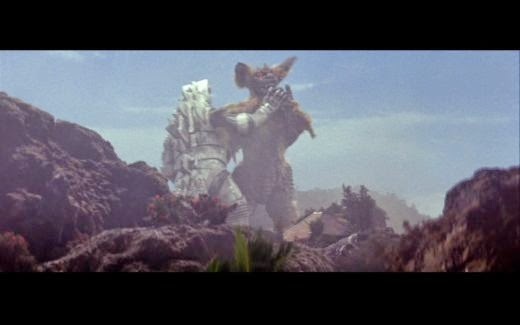
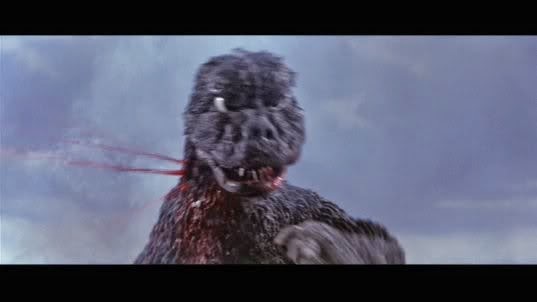
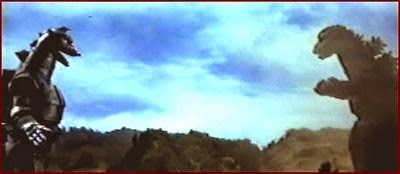
 RSS Feed
RSS Feed